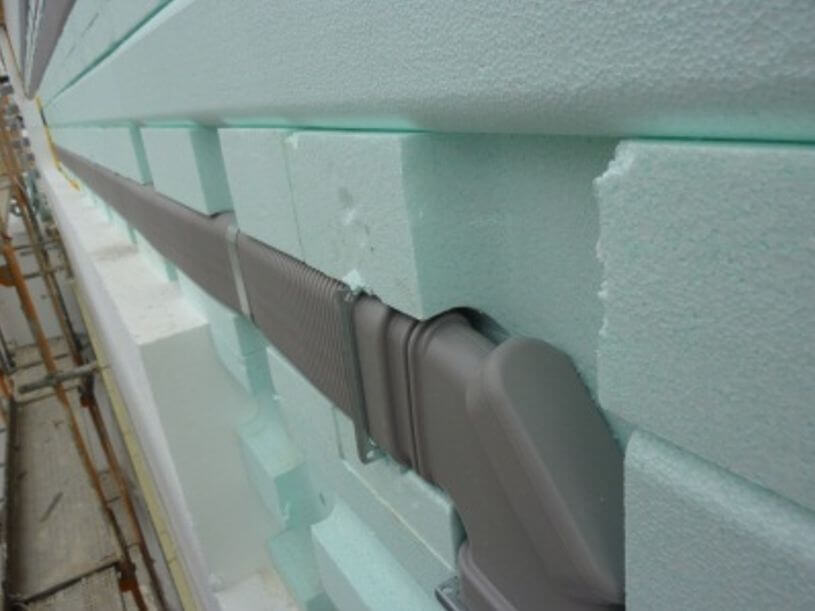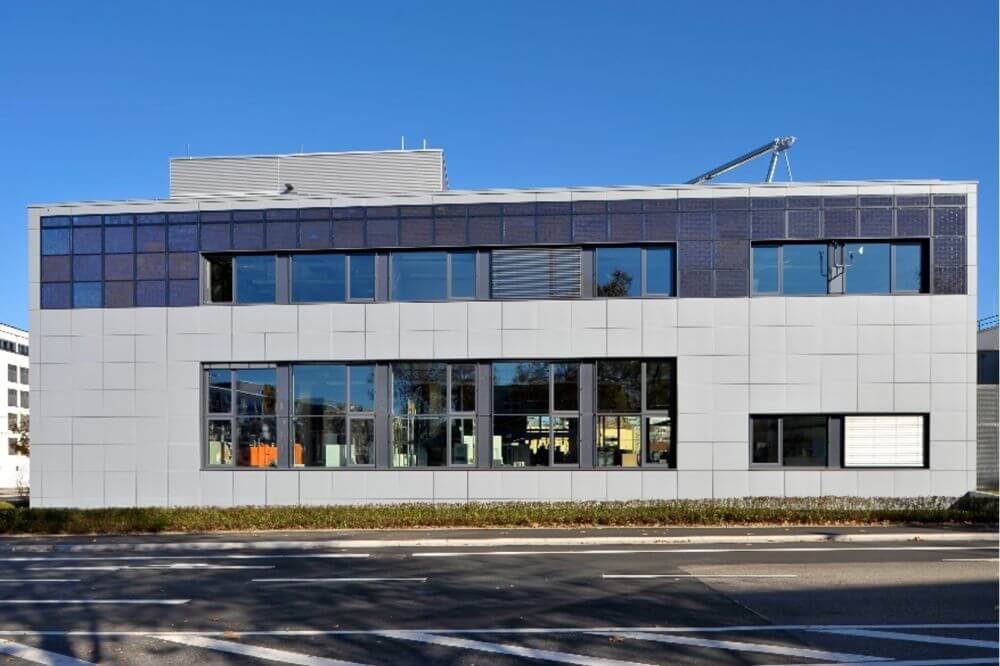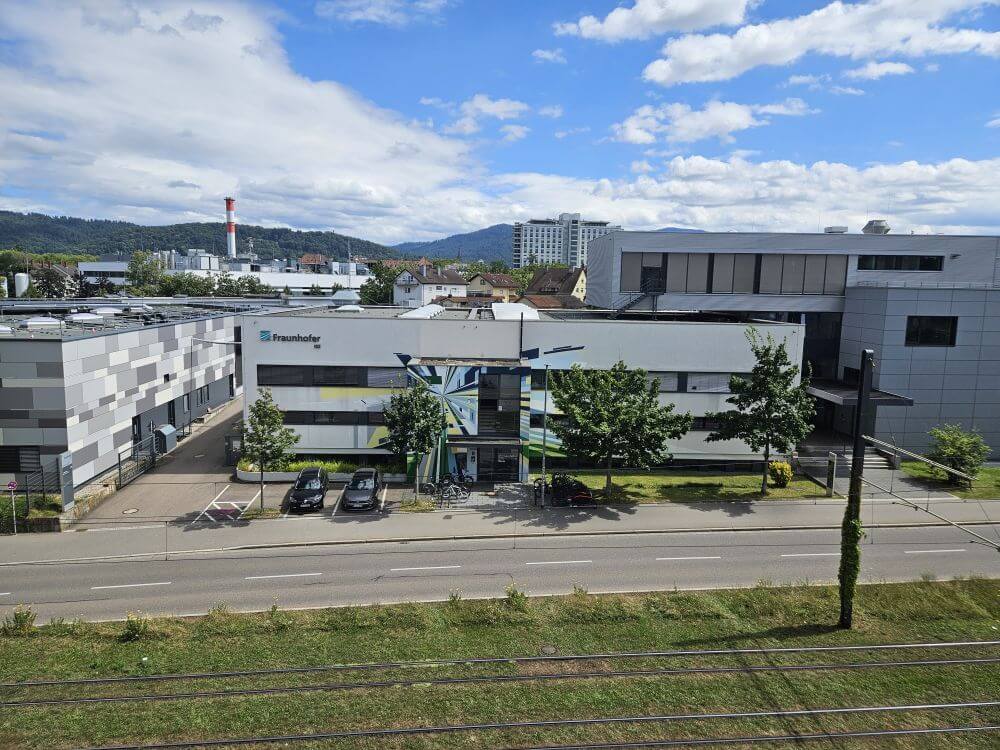| Duration: | 04/2011 - 09/2016 |
| Contracting Authority / Sponsors: |
Bundesministerium für Wirtschaft (BMWi); Projektträger Jülich, Energietechnologien (ERG1), Forschungszentrum Jülich GmbH |
| Project Partners: | Forschungspartner: TU Chemnitz; Industriepartner und KMUs: Daylighting.de; UG |
| Website: | LowEx-Bestandsgewerbebauten |
| Project Focus: |
LowEx – Existing Commercial Buildings
Low-Exergy Heating and Cooling Supply Concepts for Existing Commercial Buildings



The project "LowEx: Existing commercial buildings: Low-exergy heating and cooling supply concepts for existing commercial buildings" is part of the joint project LowEx - Heating and cooling with low exergy. This project provides a significant contribution to the integration of LowEx components into the domains of building technology (such as reversible heat pumps and cold water storage) and the building envelope (such as prefabricated façade elements).
The conversion and further development of commercial areas is one of the ongoing tasks of urban development. In particular, the energy supply and the implementation of low-exergy concepts for cooling and heating, the refurbishment of existing commercial buildings, the integration of new buildings and their energy supply into existing structures, as well as the planning and operational management methods required for this, have so far been underrepresented in the energy research.
LowEx Energy Concept for Existing Commercial Buildings
As part of a refurbishment project, a heating and cooling supply system with low exergy requirements was implemented for two commercial buildings. The high-temperature heating and low-temperature cooling systems typically used in commercial buildings were replaced by a LowEx system (e.g. surface systems and ventilation), i.e. heating and cooling are supplied at supply temperatures that are relatively close to the desired room temperature.
Operation Management and Hydraulics
In order to provide a specific thermal output, it is imperative to correlate low temperature variations with correspondingly high volume flows. In LowEx systems, the pumps for the hydraulics in the secondary and primary circuits are therefore usually significant energy consumers. The hydraulic systems were therefore designed for a low pressure loss. The results show that the dimensioning and operation of the hydraulic system offers great potential for savings.
Façade Prefabrication
The supply of buildings with low temperature levels requires a high-quality building envelope and the associated low heating and cooling loads. This means that great importance must be attached to the energy quality of the façade in particular. To date, there are no standardized and successfully tested procedures and processes for the prefabrication of high-quality façades for non-residential buildings. A lack of standards in the production, quality assurance and implementation of façade prefabrication then leads to higher investment costs in the refurbishment and insufficient energy quality. The project used two buildings on the Fraunhofer ISE campus to show how the integration of façade ducts for room ventilation and photovoltaic panels can be planned and implemented.
More Information on this Research Project
- FIHLS - Facades Integrated Heating Ventilation and Sanitation
- Energy Concepts for Buildings of the Future
- Research Prpject AEGIR
- Publication: D. Kalz und T. Urbaneck – »LowEx Wärme- und Kälteversorgung mit gebäudeintegriertem Kaltwasserspeicher«
- Publication K. Klein, D. Kalz, S. Herkel – »Netzdienlicher Betrieb von Gebäuden: Analyse und Vergleich netzbasierter Referenzgrößen und Definition einer Bewertungskennzahl«
- Publication: Coydon, F.; Duran, M.; Dinkel, A.; Herkel S. (2013) – »Rapid Retrofit Solutions Integrating HVAC into Prefabricated EWIS Systems«
- Publication: Coydon, F., Dinkel, A., Kagerer, F., Herkel S. (2014) – Monitoring Results and Optimization of a Façade Integrated Ventilation Concept for Building Retrofit«
- Journal: IEA SHC Task 47